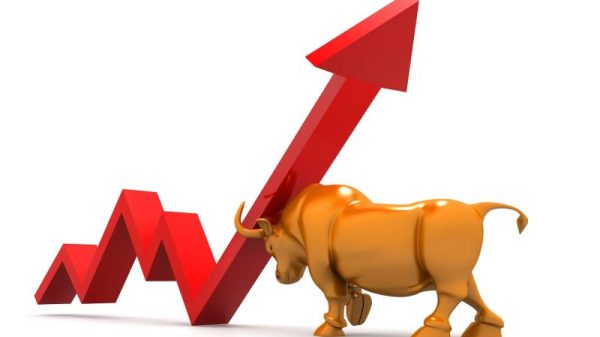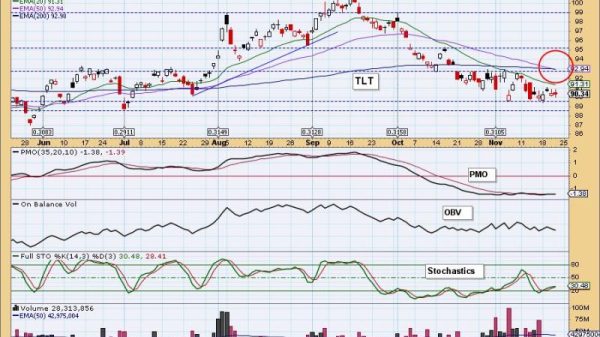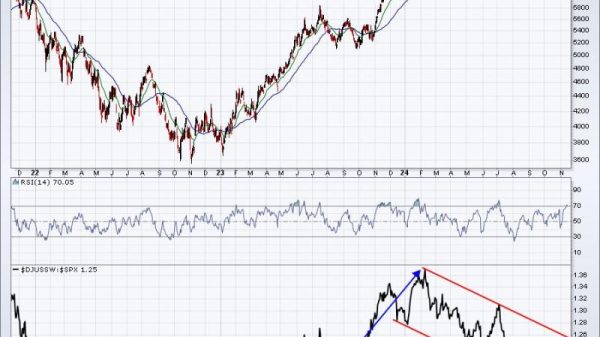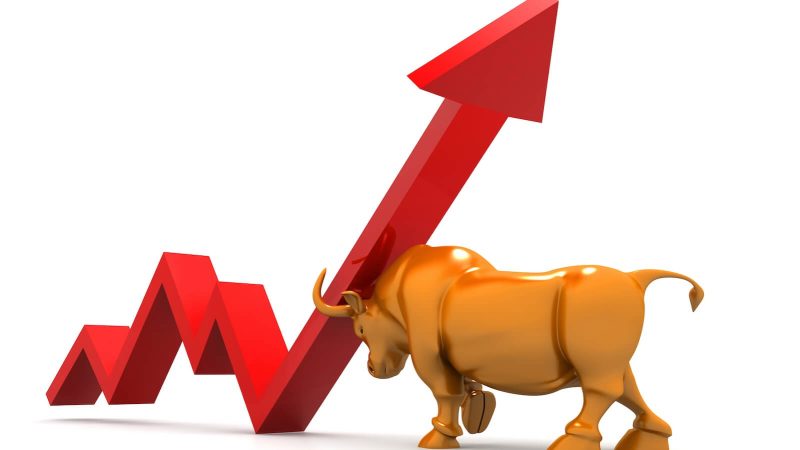Understanding the Mechanics of a Stock Market Rally
A stock market rally, a phenomenon known to every investor, is an unexpected and often short-lived period of increased stock prices in a specific market or industry. The rally is typically propelled by significant life-changing events, positive financial revelations, encouraging economic indicators, or technological advancements affecting the industries involved. However, a rally’s sustainability largely depends on fundamental and financial factors, including the broader marketplace’s overall economic health.
To the untrained eye, a stock market rally might seem like a sudden occurrence. But in reality, it’s usually a culmination of smaller incremental increases over time. These are driven by an influx of investors who, perceiving potential for higher profits, put growing amounts of money into a specific market. As more people buy, stock prices start to rally.
An essential aspect of stock market rallies to remember is the potential impact of herd mentality. As some investors begin to notice a positive trend, the fear of missing out (FOMO) can ignite a quick influx of other investors buying into the stock, thus fueling the rally further.
Crucially, not every stock market rally should be perceived as an opportunity for buying. It’s potentially risky to invest based on short-term market fluctuations as the market might reverse just as quickly, and it’s crucial to remember the same rule which applies to any investment: past performance is not indicative of future results.
Understanding the Yield Rise in the Financial Market
When it comes to making sense of yield rises in the financial market, it’s imperative to comprehend what exactly is a yield in financial terms. Simply put, yield is the income return on an investment, which could be in the form of interest or dividends received from holding a particular security.
A yield rise essentially refers to an increase in these returns. This typically occurs in a healthy economy, where central banks raise interest rates to curb inflation, thus leading to higher yields from interest-bearing assets. Moreover, when there is high demand for a company’s stock, the price increases and the yield falls due to the inverse relationship.
However, when stocks are sold off and the price declines, the yield, in turn, rises. This is an essential aspect for income-focused investors to understand. Essentially, a yield rise often reflects investors’ perception of risk, and it can imply both positive and negative market sentiments depending on the broader economic landscape.
Yield rises can also be a reaction to changes in the Federal Reserve’s monetary policy. When
































